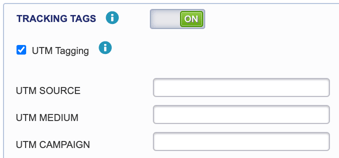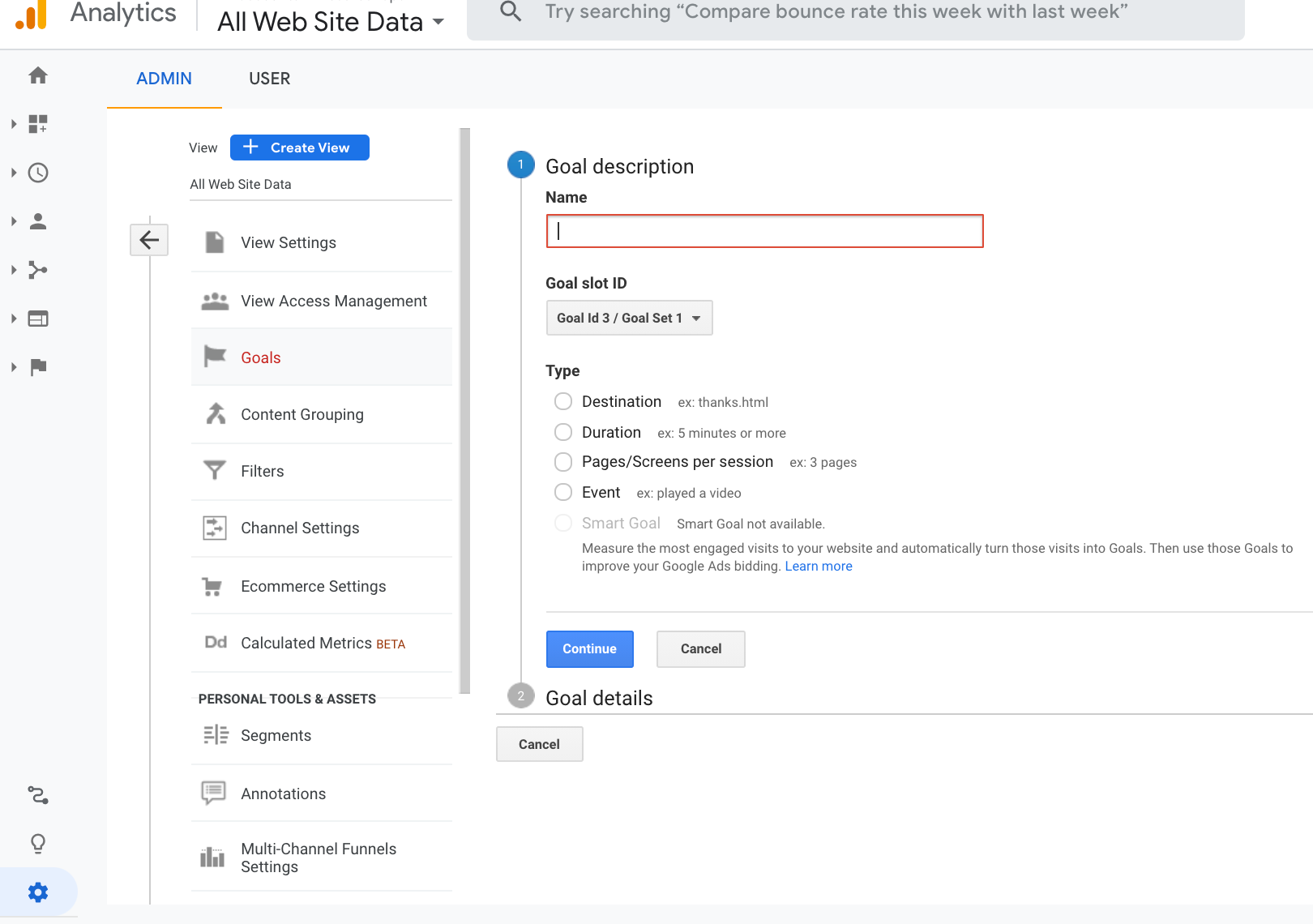There are a few options to track conversions: are a few options to track conversions:
1. Google Tag Manager (GTM)
2. MGID Pixel (JS code)
3. Google Analytics
4. Postback, S2S

Please select one that suits you best. For Pixel and GTM options, you need to make sure that UTM parameters are transferred in URL all over the flow, up to the conversion page.
Please use the UTM Tagging in the campaign settings:

By default, these fields will be filled in automatically, but you can replace them with info of your choice. It is highly recommended to use these tracking tags in campaign settings and not to hardcode them in the tracking URL.
1. Google Tag Manager (GTM)
If you have a chance to install Google Tag Manager on your website or if you have access to the GTM container already installed, you may use this option. It is quick and easy to use. Here you will find our detailed instructions.
Note: there is no need to copy/paste a piece of JS pixel code from the MGID account if you are going to set up Pixel with Google Tag Manager (GTM). MGID pixel template should be selected instead in the GTM Template Gallery.
JS Pixel
This option only works when you have access to the offer's page source code, and you can implement the javascript code into it.
First, open the campaign settings in the Dashboard and scroll down to the bottom.
Activate the MGID conversion sensor option at the bottom of campaign settings in the Dashboard; then, get the Pixel code.![]()
Ensure that the Pixel javascript code is placed in the source code of the targeted pages: starting from your Landing Page and all other web pages down to the Target page (“thank you” page, for example) of the promoted website. Here’s a tip – place the Pixel javascript code high up in the web page’s body. It would help avoid statistics discrepancies.
Don't forget, in order to receive performance statistics, you need to set up Goals and add them to the conversion settings section.
For example, by selecting URL Contains or URL Ends With options, you can set Thank you page URL as a page final sale in your funnel will be tracked on.
![]()
IMPORTANT:
And last but not least, for good stats tracking, our parameter adclid is being passed on from your Landing page to the Target page (“thank you” page). This parameter is being added automatically by our system to transmit the click_id code. Make sure that the parameter and it's variable (for example, adclid=N where N stands for the unique click_id assigned by our system automatically) appear in URLs of all the webpages of your funnel — it’s the only way to receive performance stats with the Pixel tracking option.
You may find this parameter here in the campaigns’ Ads menu, for example:
![]()
In case you have some specific parameter name for our click_id macro (for example, parameter name “beautiful” on the screenshot below), our system will also automatically add our tracking parameter adclida which will be equal to your specific parameter name (like in case on the screenshot below, it would look like adclida=beautiful).
![]()
You can learn more about our pixel installation and configuration of events in the MGID Blog.
3. Google Analytics
If you have admin rights to the GA property installed on the website, you can easily integrate it with MGID and see your goals in our dashboard.

It's not recommended to use Google Analytics. That’s simply not the right tool for the purposes of ad conversion tracking. Due to inappropriate setup, Google Analytics quite often masks or filters out valid data that is coming in, and we recommend using dedicated software, i.e. trackers.
If you decide to use it anyway please first create goals.

Please note that goals of type "Event" require a tag which you may implement directly in the source code of your website or using GTM. You can learn more about GA goals creation on different sources especially on Google Support webpage.
For the moment, MGID is not integrated with GA4.
4. Postback, S2S
If you don't have access to the offer's page source code, you can use a third-party tracking system to control your sales/leads/conversions/subscriptions/registrations or you may have your own tracking tool for postbacks. Here is our detailed instruction.
We need to pass the parameter c={click_id} in the tracking link. We use it to optimise the campaign's performance (increase/decrease the traffic from several sources) and you should apply that data on your side.
You can set a specific event in your system and pass the required data depending on the actions performed by the visitor. If the event is a "lead", we need to pass the following data to the URL https://a.mgid.com/postback:
c={click_id} + e=lead (event name+client ID) + r=amount of revenue (if possible).
Check this section to find out more about trackers and the setup process for the most popular solutions on the market.